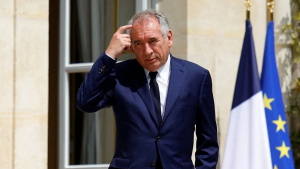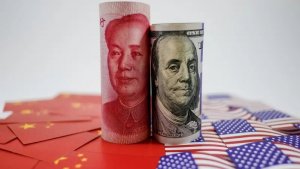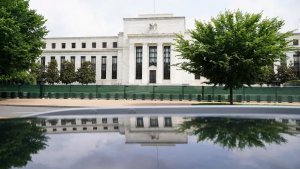Oil prices rose on Tuesday after data showed China's manufacturing activity expanded in December, but they are on track to end lower for a second consecutive year due to demand concerns in top consuming countries.
Brent crude futures rose 57 cents, or 0.8%, to $74.56 a barrel as of 0730 GMT. U.S. West Texas Intermediate crude gained 58 cents, or 0.8%, to $71.57 a barrel. For the year, Brent declined 3.2%, while WTI was down 0.1%.
China's manufacturing activity expanded for a third straight month in December but at a slower pace, an official factory survey showed on Tuesday, suggesting a blitz of fresh stimulus is helping to support the world's second-largest economy.
Chinese authorities have also agreed to issue a record 3 trillion yuan ($411 billion) in special treasury bonds in 2025 to revive economic growth, Reuters reported last week.
A weaker demand outlook in China has forced both the Organisation of Petroleum Exporting Countries (OPEC) and the International Energy Agency (IEA) to cut their oil demand expectations for 2025.
OPEC and its allies delayed their plan to start raising output until April 2025 against a backdrop of falling prices. The IEA expects global oil supply to exceed demand in 2025 even if OPEC+ cuts remain in place, as rising production from the United States and other outside producers outpaces sluggish demand.
While a weak longer-term demand outlook has weighed on prices, they could find short-term support from declining U.S. crude stockpiles, which are expected to have fallen by about 3 million barrels last week.
3rd party Ad. Not an offer or recommendation by Investing.com. See disclosure here or remove ads.
Both Brent and WTI were buoyed by a larger-than-expected drawdown from U.S. crude inventories in the week ended Dec. 20 as refiners ramped up activity and the holiday season boosted fuel demand. [EIA/S]
Investor focus next year will be on the Federal Reserve's rate path after the central bank earlier this month projected just two rate cuts, down from four in September, due to stubbornly high inflation.
Lower interest rates generally incentivise borrowing and fuel growth, which in turn is expected to boost oil demand,
The shifting expectations around U.S. rates and the widening interest rate differentials between the United States and the other economies have lifted the dollar and weighed on other currencies.
A stronger dollar makes purchases of oil more expensive for consumers outside the United States, weighing on demand.
Markets are also gearing up for President-elect Donald Trump's policies around looser regulation, tax cuts, tariff hikes and tighter immigration that are expected to be both pro-growth and inflationary.












